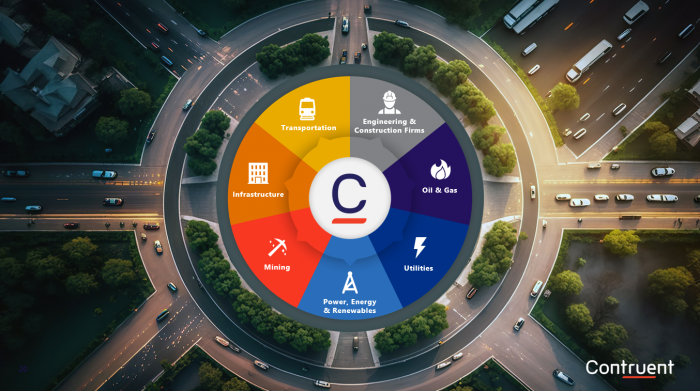In response to a question in a Discussion group on LinkedIn, I posted some stuff about the Float Burn Index (FBI) that it dawned on me some people here might also find interesting. It's a little like the required run rate in a cricket chase -- a measure of how fast you have to go. Here it applies to non-critical paths.
There are several potential flavors: straight, and with a buffer, are two. I'll explain with a simple example of a straight FBI.
1. Let us assume a path consisting of five serial activities (Activities U, W, X, Y, and Z), each an FS successor of the predecessor, and each with 20D of total float. We want to make sure that this path does not slip so much that it burns up all its float and becomes critical.
2. Let us further assume that each activity has a duration of 16D, thus totaling 80D of work for the path.
3. Z's successor is on the CP with zero float, so that the path U, W, X, Y and Z has 80D work in 100D of elapsed time (thus the total float of 20D).
4. The maximum rate at which the entire path can burn its float without becoming critical (or the path's MFBR) is 20D / 100D or .20.
If before U ever starts, an ancestor slips so that U's early start is delayed, reducing the path's float to 15D, its MFBR would be reduced to 15 / 95, or .16. Widespread reduction of MFBRs, even before the paths themselves actually start, can be an important diagnostic, worth tracking and investigating even if the critical path is on schedule.
Once a path of activities with identical float amounts starts (typically running between a burst point and a merge point), the FBI of the path is Actual FBR / Maximum FBR. In the example above, where the MFBR when the path starts is .16:
a. If U finishes on schedule in 16D, the AFBR is 0, the FBI is 0 / .16 or 0, and the MFBR for the remainder of the path is now 15 / (95-16) = .19.
b. If instead U takes 18D and so finishes 2D late, two days of float have been burned in accomplishing what was planned for 16D, the AFBR is 2 / 16 or .11. The FBI is .11 / .16 = .69. Even though some float has been burned, the MFBR for the remainder of the path has increased to 13 / (95-18) = .17 because the FBR thus far has been less than the maximum.
c. If U takes 22D and so finishes 6D late, six days of float have been burned in accomplishing what was planned for 16D, the AFBR is 6 / 16 or .38. The FBI is .38 / .16 = 2.38. The MFBR for the remainder of the path has shrunk to 9 / (95-22) = .12.
One might be able to imagine several other applications for the FBI, and if you do, I'd be delighted to hear (or read a paper!) about them. In its basic form, it is intended to provide a warning siren for a non-CP path that is using up its float too quickly. If the FBI < 1.0, that is what is threatened. And obviously, the higher the FBI, the greater the danger.
One can also imagine using the Maximum Float Burn Rate on the baseline schedule as a weighting modification of earned value for schedule purposes: A CP activity gets a PV equal to budget X (1.0 - planned MFBR). Thus:
1. For paths without float (and thus with an MFBR = 0), PV = budget.
2. For paths with 80D work in 100D elapsed time and float of 20D, PV = budget X (1.0 - .20) = 80% of budget.
Finally, the buffered variation is a risk-averse approach that just says that instead of computing the MFBR of paths based on float slipping to 0, you can elect to have it slip only until TF = 5D. No big deal.
I hope this helps. I'd just like to say that, while FBI is a nice little metric, it's inconsequential compared to truly valuable critical path drag and drag cost, on which topics I will be doing a webinar for PMI's Scheduling Community of Practice on July 10th. It's free to PMI members. You'll find it listed in the righthand column on this webpage:
http://scheduling.vc.pmi.org/Public/Webinars.aspx
Fraternally in project management,
Steve the Bajan






Replies